Hiking in Germany
Hiking Eifelsteig
Trail
In 2008, sections of several older German hiking trails through the rural and underdeveloped Eifel region (southwest of Cologne, near the German-Belgian border) were patched together to form the continuous Eifelsteig: 300 km, divided into 15 stages, from Aachen to Trier.
Profile
The Eifel is different from other easy hiking areas in other, more subtle ways. Many German regions, particularly in the Black Forest and Bavaria, come across as relentlessly industrious and cheerful.
All the natives you meet seem to be actively engaged in some sort of greater community enterprise, from the flaxen-haired schoolchildren to the leather-skinned pensioners (minding the village shops while everybody under 75 must be busy doing something more important – winding up the cuckoo clocks, perhaps).
I personally happen to think that the perma-smile which appears to be engraved on the faces of these villagers is actually quite attractive, contagious almost, but I also understand why others may find it a trifle smug and self-satisfied.
In contrast to these model villages (Walt Disney EPCOT communities with hills), the Eifel is distinctly more brooding.
Just take the maars, for example, the defining elements of the Eifel landscape. These are crater lakes of volcanic origin, generally deep, quiet, and dark – and they sit rather menacingly there in the midst of the local landscape, as though they were hiding unspeakable horrors. I am not in the least surprised that many of these maars are the subjects of old folk tales, usually involving a murder most foul, someone trying to dispose of a body in the middle of the night and a revenge of the undead.
What we did
We had two separate easy hiking holidays in the area: once on the old Lieserpfad, an old and fairly short (two-day) trail which has become very popular in Germany since it was recommended by Manuel Andrack (Germany’s foremost hiking celebrity), half-jokingly, as “the most beautiful hiking trail in the world”. (The Lieserpfad from Daun to Wittlich, in essence, is equivalent to stages 11 and 12 on the 15-stage Eifelsteig.)
The second time, a couple of years later, it was as an after-thought almost, when there was no time to prepare and the Eifel – rather close to where we were staying in Germany – provided the only realistic option for any kind of trip because we could start hiking on the first day, cutting out the travel day.
On this occasion, we walked stages 9 and 8 (in South-North direction).
What we liked
The Eifelsteig – at least the parts that we visited – provides a good mix of forest and open country. And I mean real open country, stretching out for miles at a time, not just a few meters between forests. After three days, everybody at home thought I had been on the Mediterranean for a fortnight.
What we liked less
The big problem of the Eifel is public transport.
For one, the Eifelsteig is difficult to reach. Gerolstein is the region’s only railway station, and since it sits pretty much in the middle of the trail, getting to the outer stages takes some logistical effort.
It is also very hard to get around in. It is true, there is a network of bus services that interlinks the towns and villages of the area, but in practice, several buses go back and forth in the morning and then again at around five p.m., with very little, sometimes nothing, in between or after that.
Just to illustrate that point: in all our easy hikes, we got badly “beached” only twice, and both of these times happened in the Eifel.
On our first visit, we had to wait for three hours at a bus stop in a small town where all pubs were closed (in the middle of the afternoon)
And on our second trip to the Eifel, we had already taken a detour to be sure we would arrive in a town with an inn – only to find that inn closed and abandoned (the owner had taken the day off to party at the local town fair), and no bus that could have taken us to the next bigger town because this was a Sunday.
Wherever you go, there are also constant reminders that the Eifel is not only a poor and underdeveloped region but also that it has always been that way. There are no great monuments, few major or even minor sights apart from the twin castles near Manderscheid (on day one on our second trip, the outstanding highlight – prominently featured in the guide book – was a commercial slate mining operation), and the villages can look a little run down.
Towns to explore
Not a great many. Even the spa town of Manderscheid, the midway point of the Lieserpfad and probably the most visited small town in the area, looks a little dowdy, to be honest.
The Wider Scene
Aachen and Trier at the opposite points of the Eifelsteig are two of the historically most interesting towns in Northern Europe: Trier was, for all practical purposes, the capital of the Roman Empire in the 4th century AD, and Aachen was the city from which Charlemagne ruled the continent half a millennium later.
Both cities have quite a few buildings that bear witness to their illustrious past. Luxembourg is also just a short hop away. (The small country’s capital, also called Luxembourg, is about 50 km / 30 miles southwest of Trier. Trains leave Trier Central Station roughly once every hour and take about 45 minutes.)
How to get there
Trains from Cologne to Gerolstein run regularly throughout the week (roughly once per hour), and the journey will take you just under two hours.
For the Lieserpfad, we took the 500 bus from Gerolstein Train Station in the direction of Daun (descend at the Schreiner beverage distribution facility: this is where the Lieserpfad starts).
More Information
From the Germany Tourism web site: a general description and a PDF altitude profile.
From the tourism website of the Federal State of Rhineland Palatinate. Maps, descriptions and quite a few pictures as well.
The Eifelsteig entry of the Top Trails of Germany website: a map and a few sentences about each stage, but only in German.

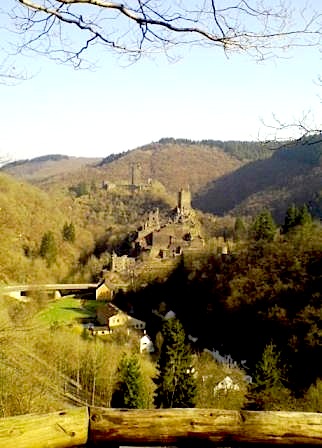
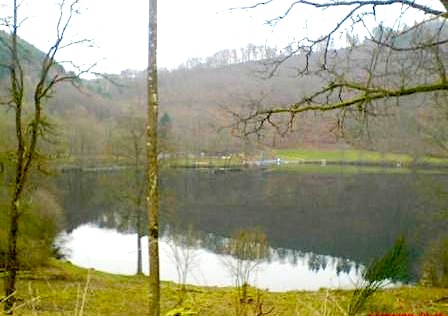
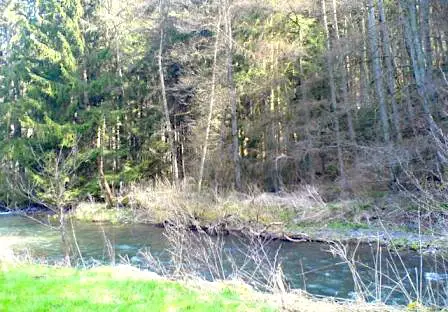
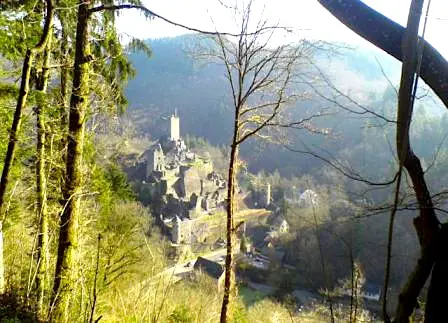
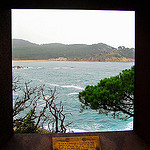
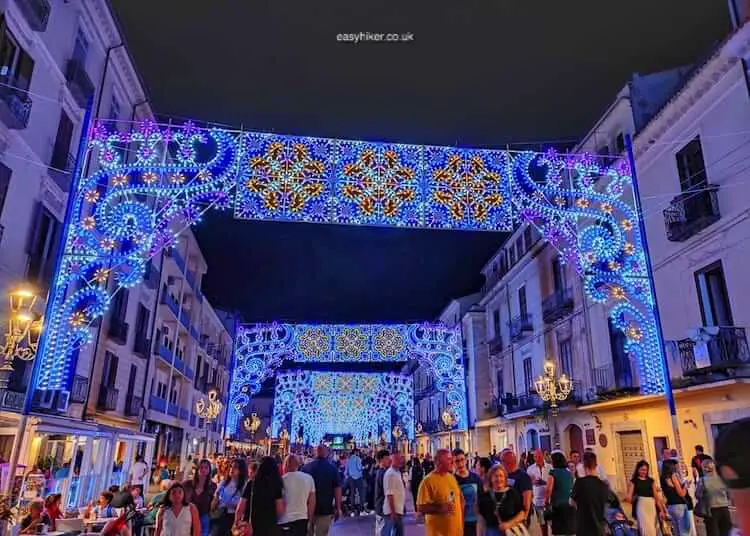
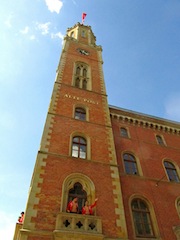
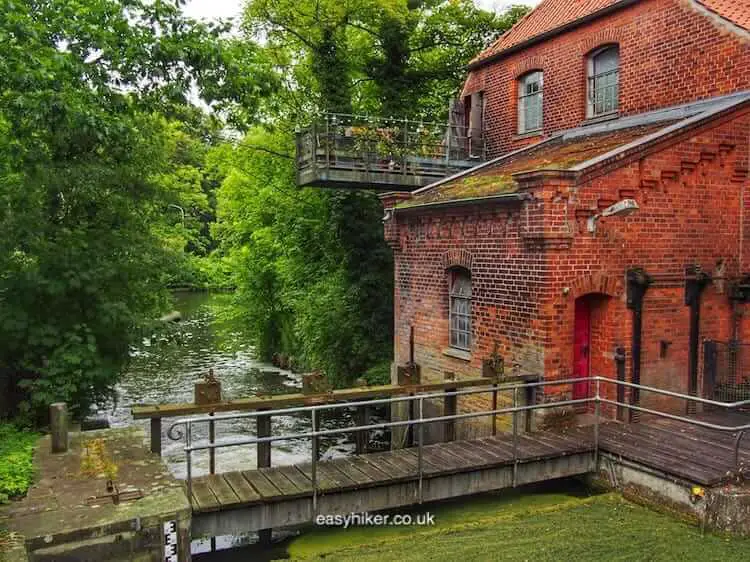
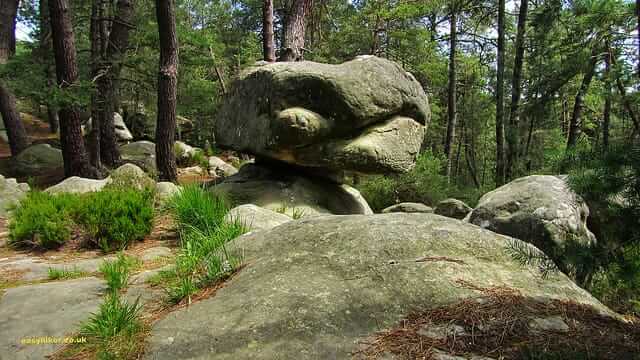

Hi Alan, it is possible. However, I seem to recall that Monschau, a relatively large town, has very poor transport connections. So, make sure you plan your train and bus journeys very well in advance because the area of the Eifelsteig is notorious for its bad public transport, the worst in Germany. Thankfully, you can do that easily on the Die Bahn website (Deutsche Bahn.) As to places to stay, in Germany, there are always towns and villages along the trails.
I’m thinking of walking from Aachen to Monschau on the Eifelsteig over 2 days.
Do you think this would work? Somewhere to stay half way and train/bus back to Aachen?
Thanks
More or less a fable place on the Eifelsteig, in Germany.
Thanks for your interest. We are determined on doing our best.
Best greets from ‘saarland’, in near of trier, 30 miles from luxembourg. great site, i read and read and read. i hope, you walking also here.
Greetz from Door To the ‘Hochwald’:
Mike,Family and the Dogs
Eifelsteig… it was already on the list for 2010, but we haven’t made it. But now it’s on the list for 2011 & I will forward this tip to my dad who also loves hiking! :)
It’s a good scenic trail, but if only for the transport issue, I think we’ve done all the hikes here for the moment.
I love hiking in the Black Forest, but haven’t done this trail yet, although it’s on my list. Interesting about the lack of public transport and good to know.